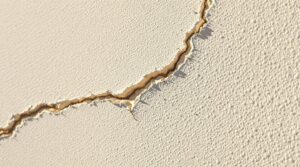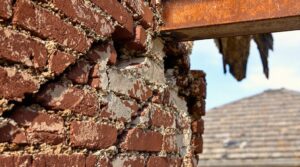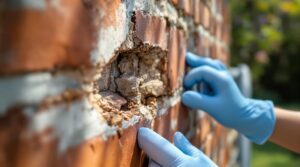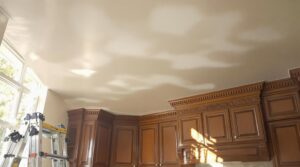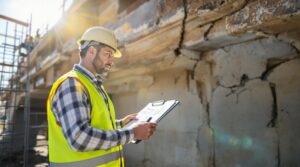Structural damage to houses can be effectively repaired through modern engineering solutions and specialized construction techniques. Licensed structural engineers assess issues ranging from foundation problems to compromised support beams, implementing repairs like underpinning, hydraulic piers, or carbon fiber reinforcement. Costs typically range from $5,000 for minor fixes to over $20,000 for extensive damage, varying by location and damage severity. Understanding the warning signs and repair options enables homeowners to make informed decisions about structural restoration.
Key Takeaways
- Most structural damage can be repaired using methods like foundation underpinning, epoxy injection, beam reinforcement, and steel plate installation.
- Professional assessment by licensed structural engineers is crucial to determine the extent of damage and appropriate repair solutions.
- Repair costs typically range from $5,000 for minor fixes to over $20,000 for extensive damage, depending on location and damage severity.
- Early detection through regular inspections and maintenance can prevent minor structural issues from becoming major, expensive problems.
- Effective repairs restore structural integrity and stability, though costs vary based on material selection, foundation type, and regional factors.
Understanding Common Types of Structural Damage
When homeowners examine their properties for structural damage, they must be able to identify several common indicators that can signal serious underlying issues.
Foundation problems often manifest through uneven settling, leading to wall cracks that may appear diagonal or widen over time. These cracks, particularly when substantial, warrant immediate professional assessment to determine their impact on the building's stability.
Uneven floors and protruding nails can indicate compromised floor joists or settling issues, which may affect the overall structural integrity of the home.
Additionally, roof damage, characterized by sagging areas or leaks, can compromise the building's structural framework if left unaddressed.
Water damage signs, such as ceiling stains and deteriorating paint, frequently reveal underlying structural issues that can escalate repair costs if neglected.
Understanding these indicators enables homeowners to identify potential problems early, allowing for timely intervention before minor issues develop into major structural concerns.
Proper documentation through detailed photographs and maintenance records is essential for filing successful insurance claims related to structural damage.
Warning Signs Your House Needs Structural Repairs
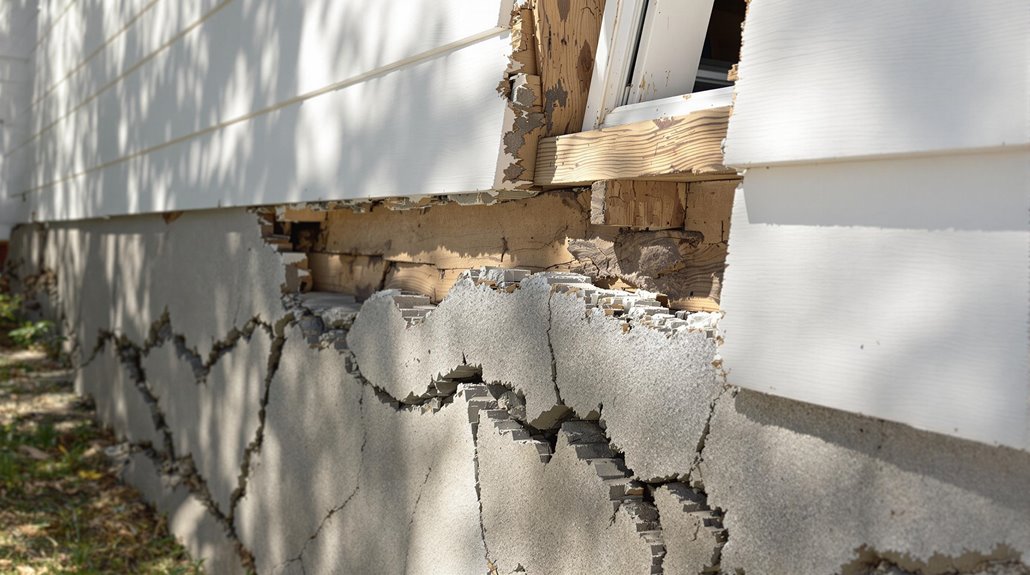
How can homeowners recognize when their house requires immediate structural intervention? Identifying warning signs early can prevent costly repairs and guarantee safety. Several distinct indicators suggest the need for professional evaluation and structural repairs.
- Sticking doors or difficulty with latches and hinges often signal foundation shifts requiring assessment.
- Sloping floors where objects roll unexpectedly indicate potential joist damage or uneven foundation settling.
- Ceiling discoloration or stains reveal water damage that demands immediate inspection.
- Bubbling or chipping paint, particularly on walls and ceilings, suggests underlying moisture problems requiring investigation.
- Gurgling toilets and irregular water flow patterns point to plumbing issues that may compromise structural integrity.
These warning signs, particularly when occurring simultaneously, necessitate immediate attention from qualified professionals.
Early detection through regular monitoring enables homeowners to address structural concerns before they escalate into major structural repairs.
Recognition of these indicators helps maintain the building's integrity and prevents catastrophic failure.
Documenting all visible damage is essential when filing homeowners insurance claims to ensure proper coverage for structural repairs.
Professional Assessment and Inspection Process

Professional structural assessment begins with a methodical inspection protocol conducted by licensed structural engineers. The process involves thorough examination of visible signs of damage and investigation of potential underlying issues affecting the building's structural integrity. Engineers employ non-destructive testing methods to evaluate critical components while preserving the existing structure.
During the inspection process, homeowners should provide previous reports, photographs, and documented observations to assist engineers in understanding the property's history and progression of structural damage.
The resulting inspection reports detail the scope of damage, outline necessary repairs, and identify safety concerns requiring immediate attention. Assessment duration varies according to property dimensions and complexity of identified issues, ranging from several hours to multiple days.
This extensive evaluation enables engineers to develop targeted repair strategies and provides property owners with essential information for maintaining their building's structural stability. Working with independent claims adjusters can help advocate for fair settlements when structural damage claims are particularly complex.
Repair Methods and Available Solutions
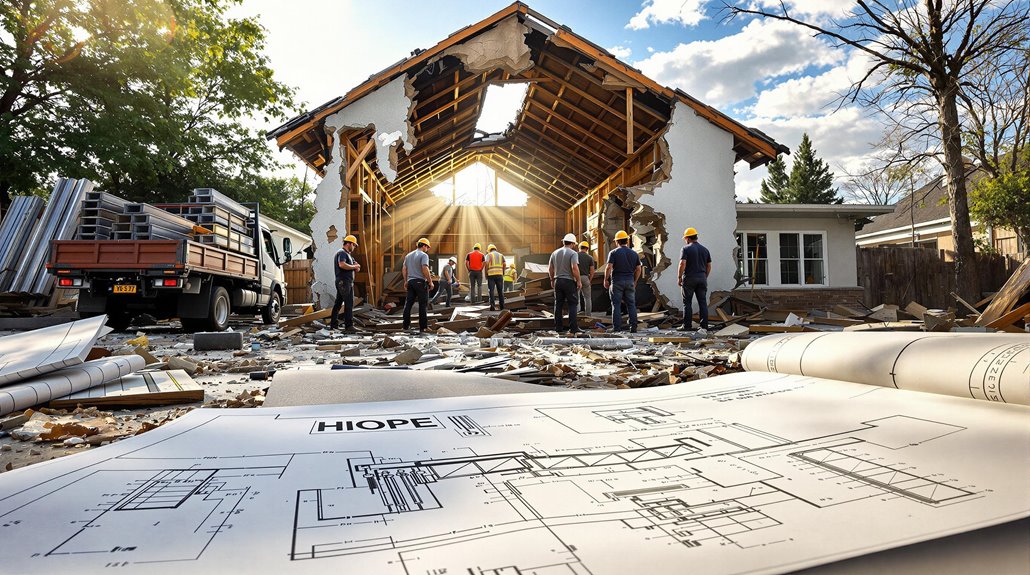
Structural repair methods encompass a range of techniques designed to address foundation issues and support beam deficiencies in residential structures.
Foundation repairs typically utilize underpinning, hydraulic piers, or slab jacking to stabilize and realign compromised foundations, while epoxy injection serves to seal cracks and prevent water infiltration.
Support beam reinforcement often involves sister joists, steel plates, or carbon fiber straps to restore load-bearing capacity and structural integrity.
Common Foundation Repair Techniques
Several proven techniques have emerged as standard solutions for addressing foundation damage in residential structures.
These common foundation repair techniques utilize advanced engineering methods to restore stability and support to compromised foundations. Each method serves a specific purpose in addressing structural damage:
- Steel piers provide deep ground support for settling foundations through strategic placement and elevation.
- Wall anchors correct bowing foundation walls using interior and exterior steel plate reinforcement.
- Helical piers offer immediate support for lighter structures through screw-like ground penetration.
- Slabjacking lifts and levels sunken concrete slabs using specialized concrete mixture injection.
- Carbon fiber straps prevent further wall movement by anchoring and reinforcing bowing walls.
These established techniques, when properly implemented, effectively restore foundation integrity and structural stability to damaged homes.
Support Beam Reinforcement Methods
Beyond foundation issues, compromised support beams present distinct challenges that require specialized reinforcement solutions. Several effective methods exist to address structural damage and restore load-carrying capacity.
Sistering, which involves installing parallel beams alongside weakened ones, provides essential additional support to prevent further sagging. The application of steel plates or brackets offers strategic reinforcement at vital stress points, while carbon fiber strips deliver considerable strength enhancement with minimal added weight.
For addressing specific vulnerabilities, epoxy injection effectively seals cracks and maintains the beam's original properties. Adjustable steel posts can be strategically positioned to shore up sagging sections, allowing for precise alignment corrections.
These support beam reinforcement techniques, when properly implemented, can meaningfully extend the structural integrity and serviceability of damaged beams.
Cost Factors for Structural Repairs
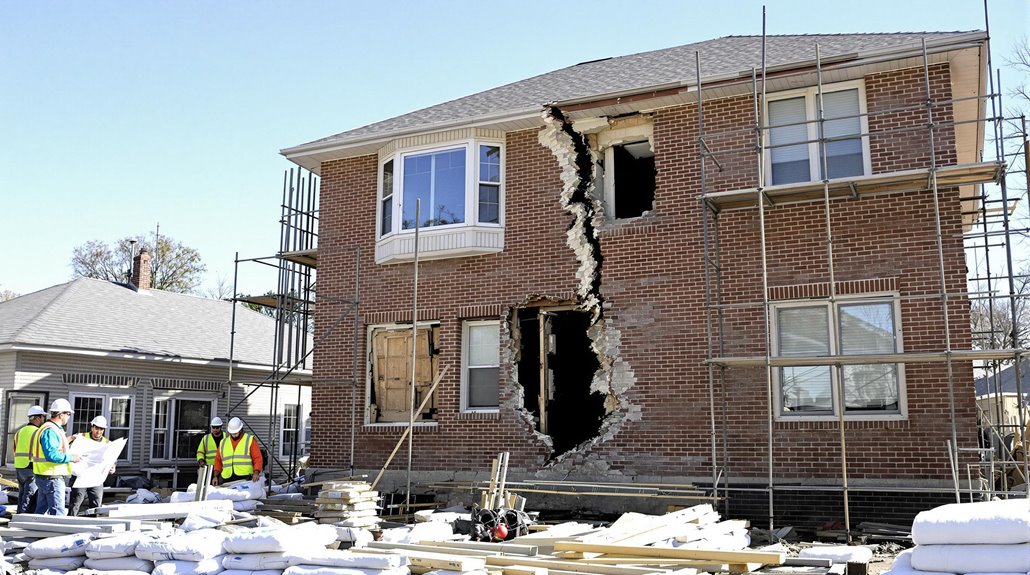
Structural repair costs exhibit significant regional variations, with typical expenses ranging from $5,000 for minor fixes to over $20,000 for extensive damage remediation.
The total expenditure depends on multiple variables, including material selection, foundation type, and local labor rates, which can fluctuate based on market demand and geographic location.
Obtaining multiple contractor estimates remains essential for accurate cost assessment, as material pricing and labor expenses can vary by 15-30% between different metropolitan areas and rural regions.
Price Ranges By Region
The geographical location of a property greatly influences the cost of structural repairs, with price variations stemming from regional labor rates, material costs, and local market conditions.
Foundation type and building codes further impact repair expenses across different areas.
- Urban regions typically command higher prices, ranging from $10,000 to $20,000 for structural damage repairs due to increased skilled labor demand.
- Rural areas benefit from lower costs, with moderate repairs averaging $2,000 to $10,000.
- Minor repairs generally start at $5,000, while extensive repairs can exceed $20,000 in high-cost-of-living areas.
- Properties built on solid rock or stable ground often incur lower repair expenses compared to those on clay soil.
- Local building codes and permit requirements can add significant costs to repair projects in regulated regions.
Public adjusters can help homeowners navigate complex structural damage claims to maximize insurance compensation for repairs.
Material and Labor Costs
When evaluating repair costs for damaged buildings, material expenses and labor charges constitute two primary financial components that prominently impact overall project budgets.
The extent of damage directly correlates with both material requirements and labor intensity, greatly affecting final costs.
Minor issues typically demand fewer materials and labor hours, resulting in repair costs around $5,000, while major structural problems can exceed $20,000.
Foundation repairs particularly illustrate this variance, as complex damage often requires specialized materials and extensive labor.
The materials required depend on the specific repair method chosen, such as helical piers or wall anchors, while labor necessary varies based on installation complexity.
Industry experts recommend obtaining multiple quotes from contractors to accurately assess both material and labor costs, ensuring ideal pricing for the scope of structural damage repairs.
Maintaining Structural Integrity After Repairs
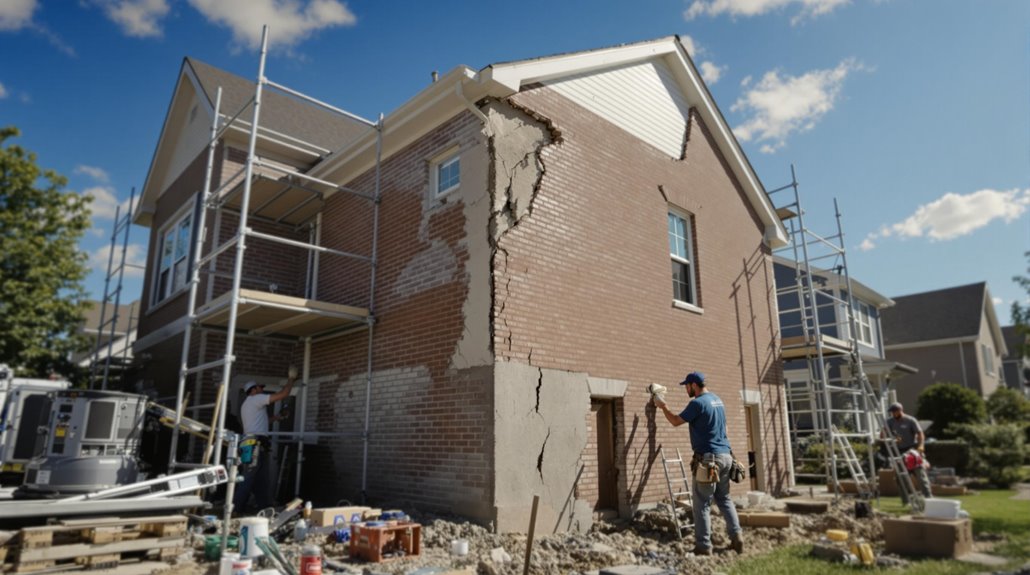
After completing major structural repairs on a house, maintaining its long-term stability requires consistent monitoring and preventive maintenance protocols. Regular inspections enable early detection of potential issues, while proper drainage systems protect the foundation from moisture-related damage.
The implementation of durable materials during repairs enhances structural integrity and minimizes future deterioration.
Key maintenance practices include:
- Conducting scheduled structural inspections to identify and address minor issues before they escalate
- Maintaining functional drainage systems that effectively divert water away from the foundation
- Managing indoor humidity levels and ensuring proper ventilation throughout the structure
- Keeping trees and vegetation trimmed to prevent root intrusion and soil movement
- Monitoring and reinforcing vulnerable areas that may be prone to stress or wear
These preventive measures, when consistently applied, help preserve the structural repairs' effectiveness and extend the building's longevity.
Proper maintenance considerably reduces the likelihood of recurring structural problems while protecting the investment in repairs.
Working with public adjusters during complex structural claims can help maximize insurance settlements by up to 50%.
Frequently Asked Questions
Can You Fix Structural Damage in a Home?
Structural damage requires professional assessment to determine repair options. While minor issues may permit DIY fixes, significant foundation issues demand expert intervention to restore structural integrity and guarantee long-term safety.
Is Structural Damage Expensive to Fix?
Structural damage repair costs typically range from $5,000-$20,000+, varying with damage assessment severity, contractor fees, and foundation issues. Insurance claims may offset expenses, while DIY fixes rarely prove cost-effective. Additionally, homeowners facing significant repairs should explore their options for financial relief, as certain circumstances may qualify for structural repairs tax deduction eligibility. It’s essential to keep meticulous records of expenses and consult a tax professional to understand the potential benefits. Taking proactive steps can not only mitigate costs but also ensure that any necessary repairs are conducted efficiently and safely.
How Much Does It Cost to Fix the Structure of a House?
Ironically, one's bank account may need structural support too. Repair costs typically range $5,000-$20,000+, varying by foundation issues, contractor fees, construction materials, and whether homeowner insurance provides coverage.
Is It Worth Buying a House With Structural Damage?
Purchasing structurally damaged properties requires careful evaluation of renovation costs, property value appreciation, and investment risks. Professional house inspections, adequate financing options, and insurance coverage determine whether the acquisition justifies potential buyer's remorse.
Final Thoughts
Structural damage to houses, while potentially catastrophic, can be remediated through modern engineering solutions that can transform even the most severely compromised structures into sound dwellings. Through precise assessment, innovative repair techniques, and advanced materials, properties facing imminent collapse can be restored to exceed their original structural integrity. However, successful outcomes depend critically on early detection and immediate professional intervention to prevent escalation of damages.
For homeowners dealing with structural damage claims under their homeowners insurance policy, insurance industry experts and legal professionals strongly advise consulting a qualified state-licensed public adjuster. These professionals work exclusively for policyholders, not insurance companies, serving as dedicated advocates throughout the claims process. Public adjusters possess the expertise to identify hidden damages often covered by insurance policies but unknown to homeowners. They thoroughly document losses, assess damages, and negotiate with insurance companies to ensure fair settlements while protecting policyholders' legal rights.
By engaging a public adjuster, homeowners can maximize their claim settlements, expedite the claims process, and reduce the stress of dealing with insurance companies during an already challenging time. Homeowners facing structural damage issues can request a no-obligation free consultation with a Public Claims Adjusters Network (PCAN) member public adjuster to discuss their property damage claims and understand their options for recovery.


